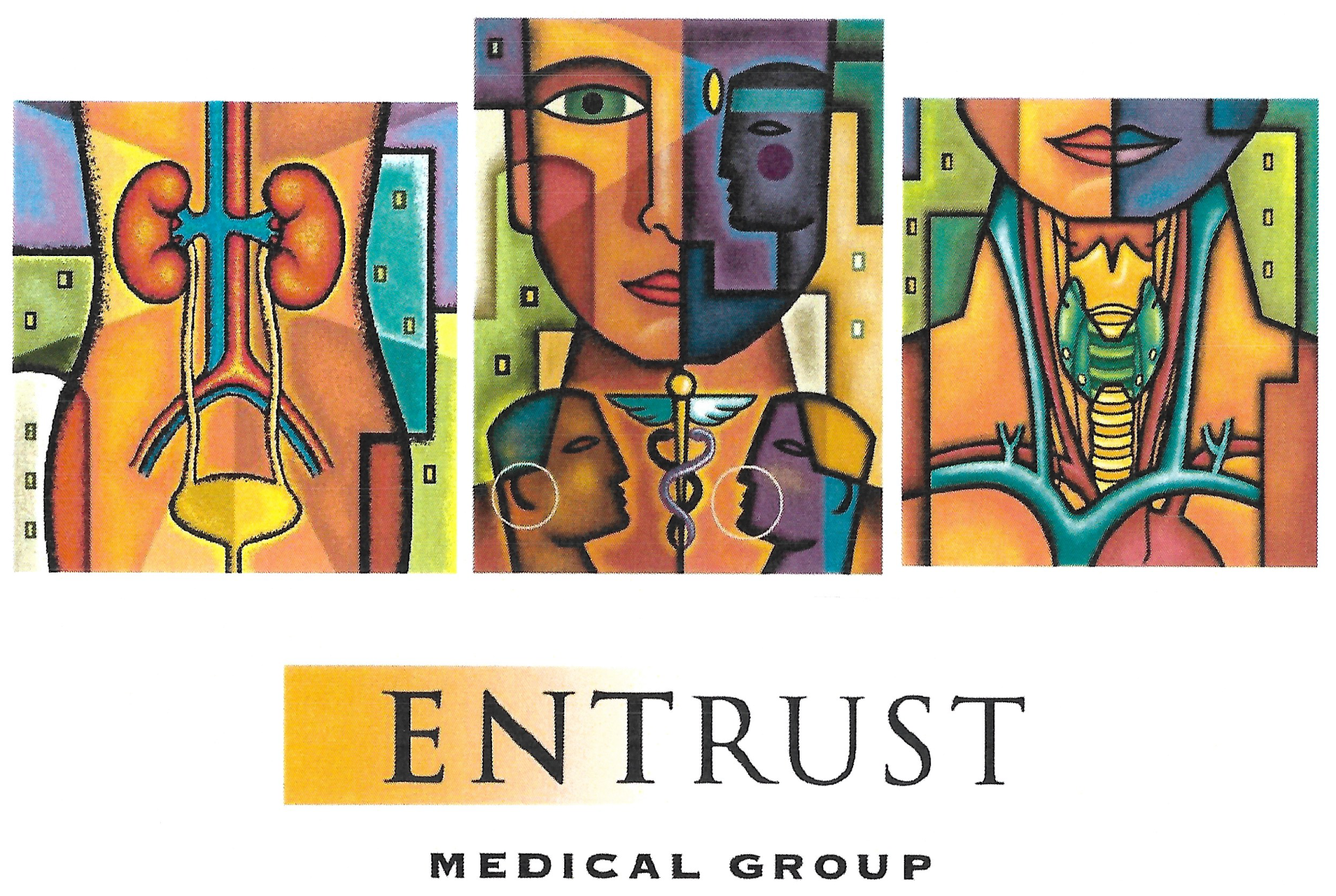Hyperlipidemia
What is it hyperlipidemia?
High levels of lipids (fats) in the blood, including cholesterol and triglycerides are referred to as hyperlipidemia. The level of total cholesterol in the blood used to be the primary focus, however, current guidelines now focus on lowering the levels of low-density lipoproteins (LDLs). High levels of Low-Density Lipoproteins (LDL) or “bad cholesterol” will accumulate in the walls of blood vessels, which will narrow the vessel and can even cause obstruction (blockage). This is the major cause of heart attacks, stroke, and lower extremity peripheral artery disease. Appropriate reduction of LDL can decrease risk of heart attack, stroke, and other disease.
RISK FACTORS AND DIAGNOSIS
Who is at risk for hyperlipidemia?
Risk factors for hyperlipidemia include alcohol and tobacco use, obesity, diabetes, hypothyroidism, poor diet & limited exercise, age, female gender, medications (steroids, estrogens, antipsychotics, thiazides), and a family history of high cholesterol.
How do I know if I have hyperlipidemia?
Often, patients are only made aware that they have high LDL by obtaining a lipid panel. Occasionally, patients with very high levels of cholesterol can develop waxy, fatty plaques on the skin or around the iris of the eye called xanthomas, xanthelasma or corneal arcus. This is rare. Guidelines differ in their recommendations about when to start screening, how frequently to screen, and when to stop screening. We often screen starting at age 25 and continue screening every year. We may elect to start screening earlier if a patient has risk factors such as high blood pressure, diabetes, BMI ≥ 25.
PREVENTION
What can I do to prevent hyperlipidemia?
There are multiple ways to prevent high cholesterol. At least 150 minutes of moderate-intensity aerobic exercise a week can lower both cholesterol and high blood pressure. Options include brisk walking, swimming, bicycling or even yard work. A wight loss of 5-10% can improve your numbers. Smokers can lower their LDL cholesterol and increase their HDL cholesterol levels by quitting.
Limit your saturated fats, trans fat, fried food, processed foods, fructose, and red meat consumption. Increase your consumption of fish, fiber, and soy. Increase your consumptions of fruits, vegetables, whole grains, poultry, fish, nuts and natural oils.
TREATMENT
Can hyperlipidemia be treated with medications?
The decision to treat hyperlipidemia with medication sin indicated if any of the 4 criteria are met:
- Pre-existing vascular disease (heart attack, peripheral arterial disease, carotid stenosis, stroke)
- LDL ≥ 190
- LDL 70-189 & 40-75 years old and Diabetes mellitus
- LDL 70-189 & 40-75 years old & ↑ ASCVD score [10yr risk of dying from MI; > 45, smoke, HTN, obesity, fam. history]
How will I know the treatment is working?
After starting medications to lower your LDL cholesterol, we will follow up in 3 months with lab work. If your goal LDL in not reach within 6 to 12 months, we will add a second medication. Treatment of high cholesterol is a lifelong process. Medications can lower your LDL levels quickly, and lifestyle interventions take six to twelve months to be noticeable. Once you have an effective treatment plan and you begin to see results, it is important to stay committed to the plan.


